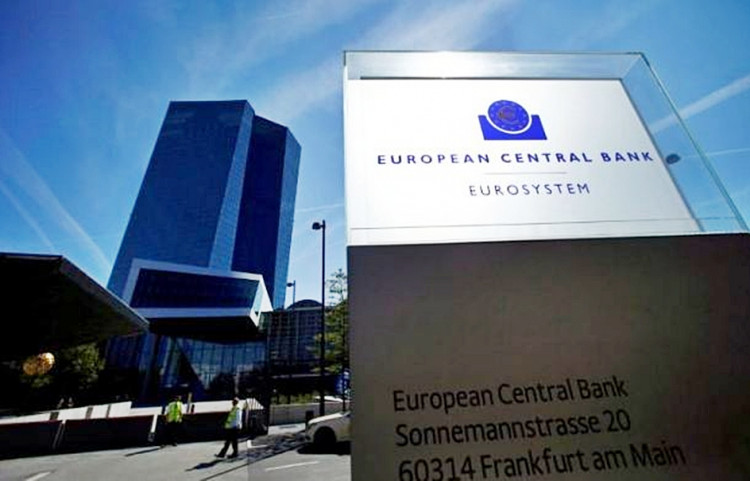The European Central Bank on Thursday trimmed its benchmark interest rate by 25 basis points to 2%, responding to a sharper-than-expected slowdown in inflation and rising geopolitical and trade uncertainties. The move, widely anticipated by markets, marks the ECB's first rate cut since inflation dipped below the bank's 2% target for the first time in three years.
"In particular, the decision to lower the deposit facility rate... is based on its updated assessment of the inflation outlook, the dynamics of underlying inflation and the strength of monetary policy transmission," the ECB said in a statement.
The cut-its eighth in just over a year-follows preliminary data earlier this week showing eurozone inflation fell to 1.9% in May. The central bank now expects inflation to average exactly 2% in 2025, down from a previous forecast of 2.3%. Officials attributed the downward revision to "lower assumptions for energy prices and a stronger euro."
Despite easing prices, core inflation is now forecast to average 2.4% this year, up from 2.2% in the March outlook. Meanwhile, the ECB left its 2025 growth forecast unchanged at 0.9%, with eurozone GDP expanding by a modest 0.3% in the first quarter of the year. Economists cited mixed signals, including stronger German industrial demand offset by broader weakness across the bloc.
"While the uncertainty surrounding trade policies is expected to weigh on business investment and exports... rising government investment in defence and infrastructure will increasingly support growth over the medium term," the ECB said.
European stocks rallied modestly on the news. The Stoxx 600 index rose for a third straight session, up 0.3%, buoyed in part by new German tax relief measures and optimism around a potential U.S.-EU trade breakthrough. The euro edged 0.2% higher against the dollar, while bond yields across the eurozone held steady.
Markets had already priced in a 99% probability of the rate cut, according to LSEG data. Investors are now focused on signals from ECB President Christine Lagarde about the likelihood of further cuts, with some analysts forecasting up to two more reductions before year-end. "A sudden trade deal could shift things along a lot," said Oliver Rakau of Oxford Economics. "They don't want to be wrongfooted, and German fiscal stimulus is also coming."
Traders are also watching developments in Washington, where President Donald Trump's latest tariff moves have injected fresh volatility into global markets. On Wednesday, U.S. steel and aluminum duties doubled, hitting Canada and Mexico. Additional tariffs are expected in July unless trade partners offer concessions. German Chancellor Friedrich Merz met with Trump in Washington to discuss economic ties, while Japan dispatched negotiator Ryosei Akazawa for talks.
The dollar index rose 0.1% to 98.8 after Wednesday's 0.5% drop, supported by weak U.S. jobs and services data that fueled expectations of slower economic growth. The yield on the 10-year U.S. Treasury note fell to 4.385%, down from a recent three-month high of 4.629%. Deutsche Bank estimated that the 30-year bond posted its largest single-day yield drop since February.
In commodities, gold prices dipped 0.1% to $3,374 per ounce, giving up some gains from earlier in the week. Brent crude edged up 0.4% to just over $65 a barrel. Saudi Arabia cut July crude prices for Asian buyers, while inventories in the U.S. showed a surprise build.





